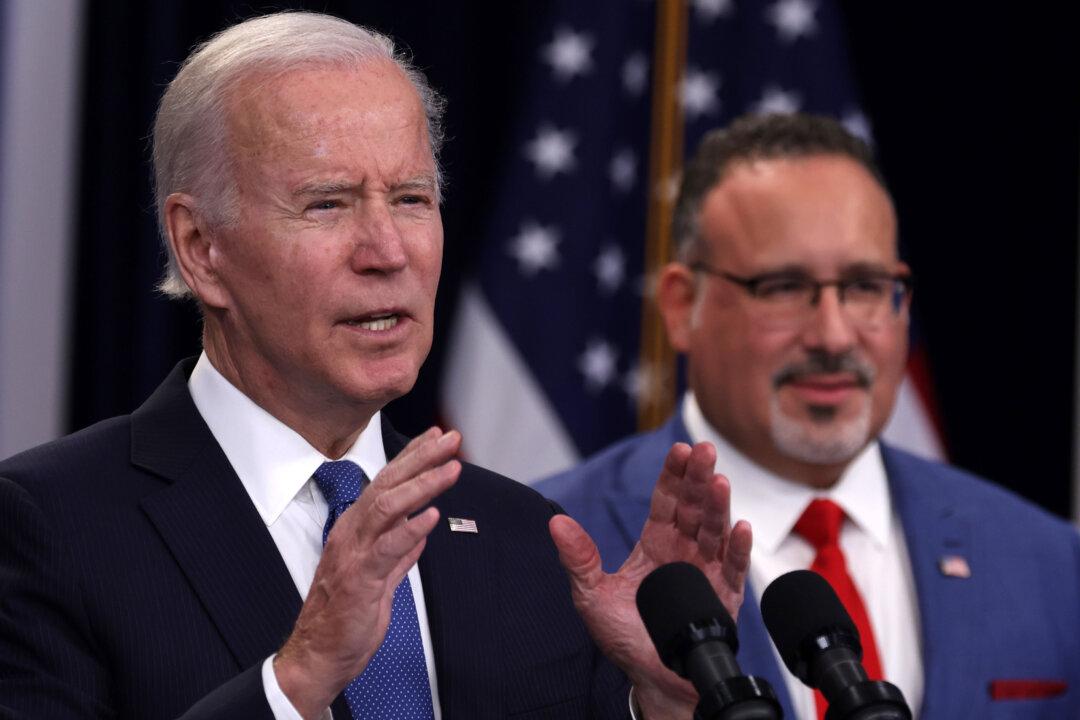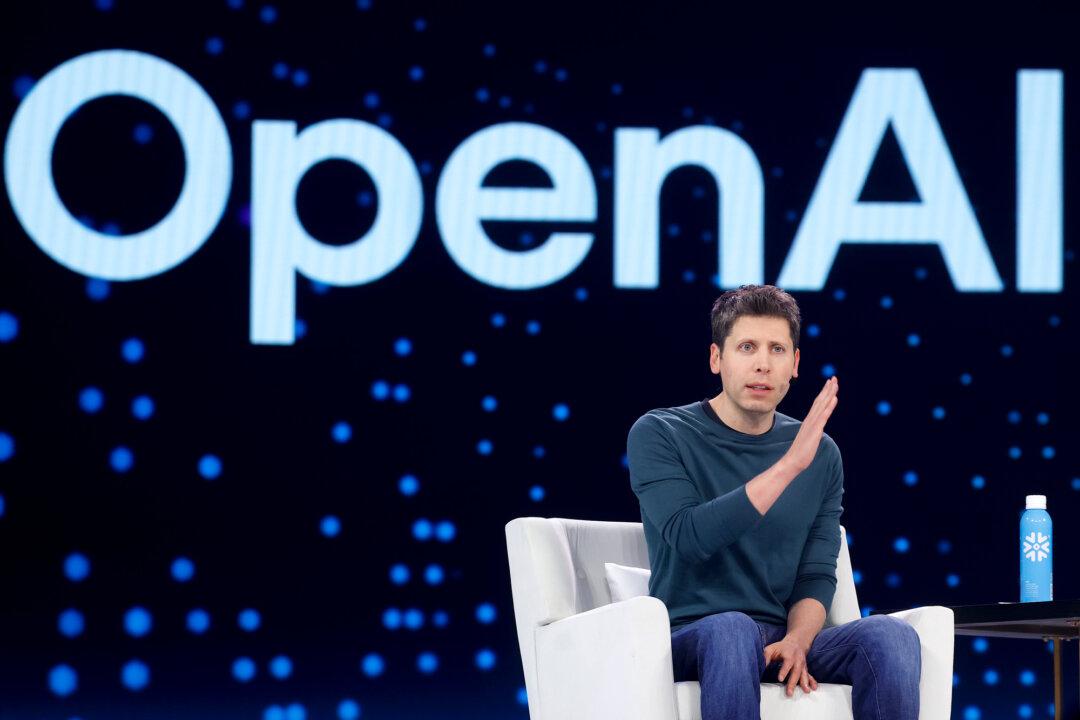The Department of Education (DOE) has announced the discharge of an additional $9 billion in student debt amid strong Republican opposition to the Biden administration’s “reckless” relief plans.
The move will wipe out the loans of about 125,000 more Americans, according to an Oct. 4 statement by the DOE. This would take the total discharged by the Biden administration to $127 billion for nearly 3.6 million Americans.





